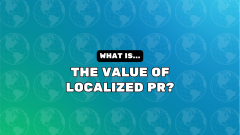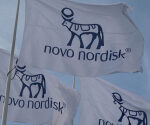Something I have noticed from digging into PR campaign headlines time and time again in BuzzSumo, is the serious engagement value of taking a localized angle to your PR.
Local PR headlines earn more links and syndication
Earlier this year, I did a mammoth study of syndicated content across 100 of the most engaging publications in US and UK media.
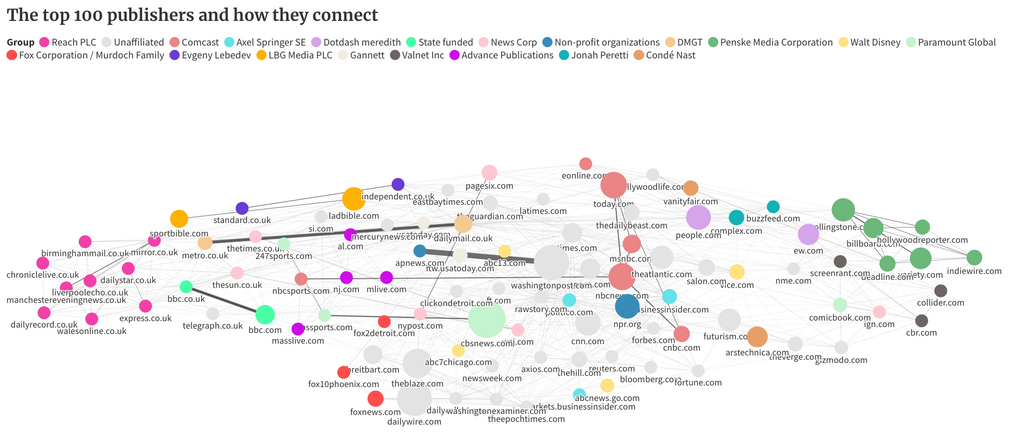

Location-specific headlines cropped up multiple times in the analysis (“By state”, “Cities with the biggest”, “Top states”, “By country” etc.) earning an between nine and 17 links apiece, on average.
Across all PR headline phrases, the amount of links averaged at seven, meaning localized PR headlines were a lot more valuable and a lot more likely to be syndicated.
Another thing I noticed across many location based PR headline phrases was the element of comparison.
Comparing different locations gives PR content a “Glocalized” feel. Readers across the city, country, or globe want to see where their location sits in the rankings.
Amanda Milligan, now Director of Content Strategy at iPullRank, also discovered the power of localized press in her Stacker study of syndicated PR: “What publishers want”.
Nicole DeLeon, PR expert and Founder of North Star Inbound, describes this tactic as “Scaled localization” – she makes some really great points in this LinkedIn post…

What about localized PR engagement?
After this analysis, I was curious again. I’d looked at links, but what about engagement?
I did some research last month but I didn’t get around to sharing… until now.
If I identified four themes in PR headlines, and totted up their links and engagement from a top-level perspective – which group would win out?
I conducted this analysis on a five year basis, so average link results are slightly different to the syndication research you saw above.
Bear in mind, this is still an analysis of the top 100 most engaging US & UK media outlets.
I broke the headlines down into the following categories:
Data & Research – eg.
- report
- survey
- data
- stats OR statistics
Hyperbole – eg.
- the most
- highest
- top
- best
Location ranking – eg.
- top countries (also analyzed: states, areas, streets, towns, regions, districts etc.)
- top country
- best countries
- by country
- worst countries
Visual & creative – eg.
- visualized
- map
- recreated
- get paid to
And, yet again, localized PR headlines were bringing home the bacon…

From the analysis, I found a couple of things interesting straight away.
While there is crossover in hyperbolic and location based headlines (ie. localized PR campaign phrases not only lend themselves to comparison, but are also commonly hyperbolic eg. “the best”, “the worst”), there is far less average engagement for general hyperbolic phrases in PR campaigns.
In other words, the localization angle is the thing that is really driving that engagement.
Another thing I noticed from the breakdown of the location category, was that “country” and “state” based headlines enjoy the highest average engagement and links.

As an aside, each location category in the table above represents a variation of the below query, which I analyzed in BuzzSumo’s Content Analysis Report:
- top countries OR top country OR best countries OR best country OR by country OR worst country OR worst countries
In each search I’d replace the location type, since I wanted to find out which one had the best PR/coverage potential.
PRs are increasingly discussing the value of localization
I’ve started to see more and more PRs speak about the value of localizing press campaigns.
Earlier this year, Domenica D’Ottavio (Associate Director of Digital PR) and Beth Nunnington (VP Organic Media) from Journey Further joined our webinar and gave an amazing talk about why there’s so much value in “Thinking globally, but acting locally”
I really recommend watching it – and not just because it’s BuzzSumo content (scouts honor!) – but because there were so many actionable takeaways in there.
There was also that great post earlier from Nicole DeLeon (North Star Inbound).
Luke Cope, Co-Founder of Bottled Imagination, shared the below post (using BuzzSumo data), showing the value of localized headlines…

And then this week Bri Godwin Huyke, Digital PR Manager at Journey Further, shared the following on the value she’s been seeing with “State-level breakdowns” in her PR strategy.

I knew, from our syndication report, and the subsequent PR headline research I’d been sitting on, that “State” related headlines were big engagement and link/syndication drivers.
So when I saw Bri’s post, it gave me an idea.
Wouldn’t it be great for PRs to know exactly which states were the ones driving strong engagement?
This led me to create a map of states across North America, and the average engagement they tend to generate in headlines…
So, which US states should you PR?
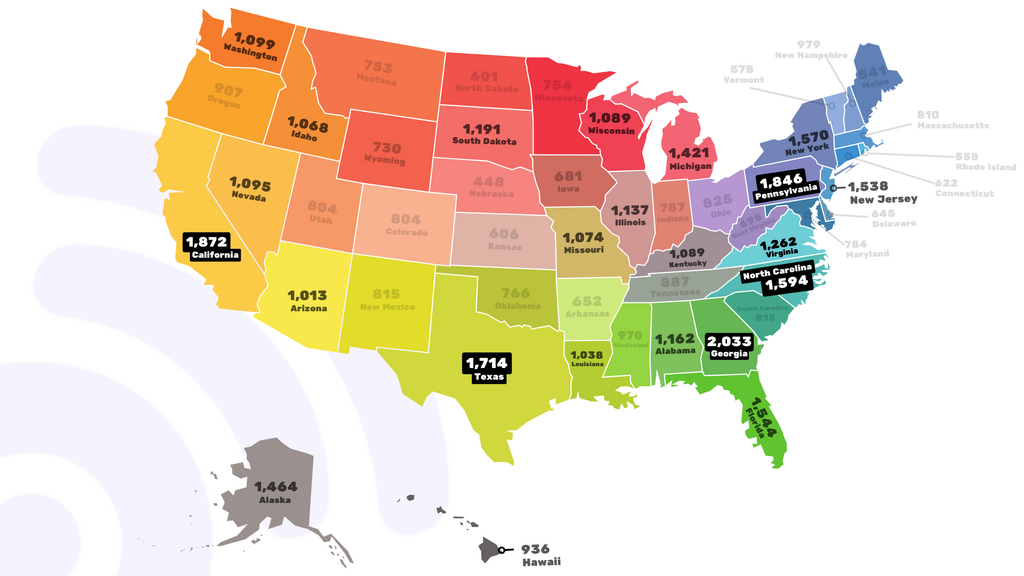
From our analysis, we found the top 10 US states driving headline engagement were:
- Georgia
- California
- Pennsylvania
- Texas
- North Carolina
- New York
- Florida
- New Jersey
- Michigan
- Virginia
This one press example from TripAdvisor “This Georgia beach has been named one of the Top 25 in the world” shows the value in honing in on the state Georgia.
To date it has driven a cool 9.9K engagements.

This next piece by Forbes isn’t an example of digital PR from an external brand or agency, but rather a piece of hero content by the Forbes editorial team that proves the value of localized stories.
Using publically available data, they analyzed the best places to live in California. As a result, they have landed 3.5K engagements and 141 links…

On Bri Godwin Huyk’s X post I referenced earlier, I noticed some discussion in the comments from Bri herself, and Joe Robison, Founder of Green Flag Digital.
Joe had called out Texas (#4 in our research) and Florida (#7 in our research) as states that enjoy good PR coverage.
It might be worth keeping these in your back pocket!
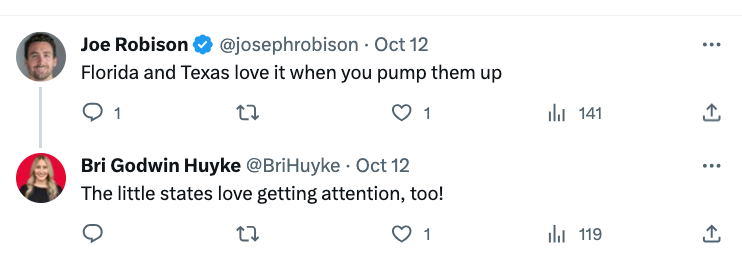
I analyzed the above data across US headlines only.
If I had more time, I’d also have done the following
- Restricted it only to the top 100 publications
- Restricted it to the 700K journalists in BuzzSumo’s Media Database
- Analyzed states based on more typical PR headline types ie. “‘State’ is the most” or “‘State’ is the top”
I’d do all of this in order to further eliminate non-PR stories (ie. political news etc.), and zero-in on replicable press.
It’s not a perfect analysis, but it can definitely help PRs get a gist of where the engagement opportunities lie when coming up with their next PR campaign idea.
Found this interesting? Do your own research in BuzzSumo’s Content Analysis Report. Grab a 30-day free t

